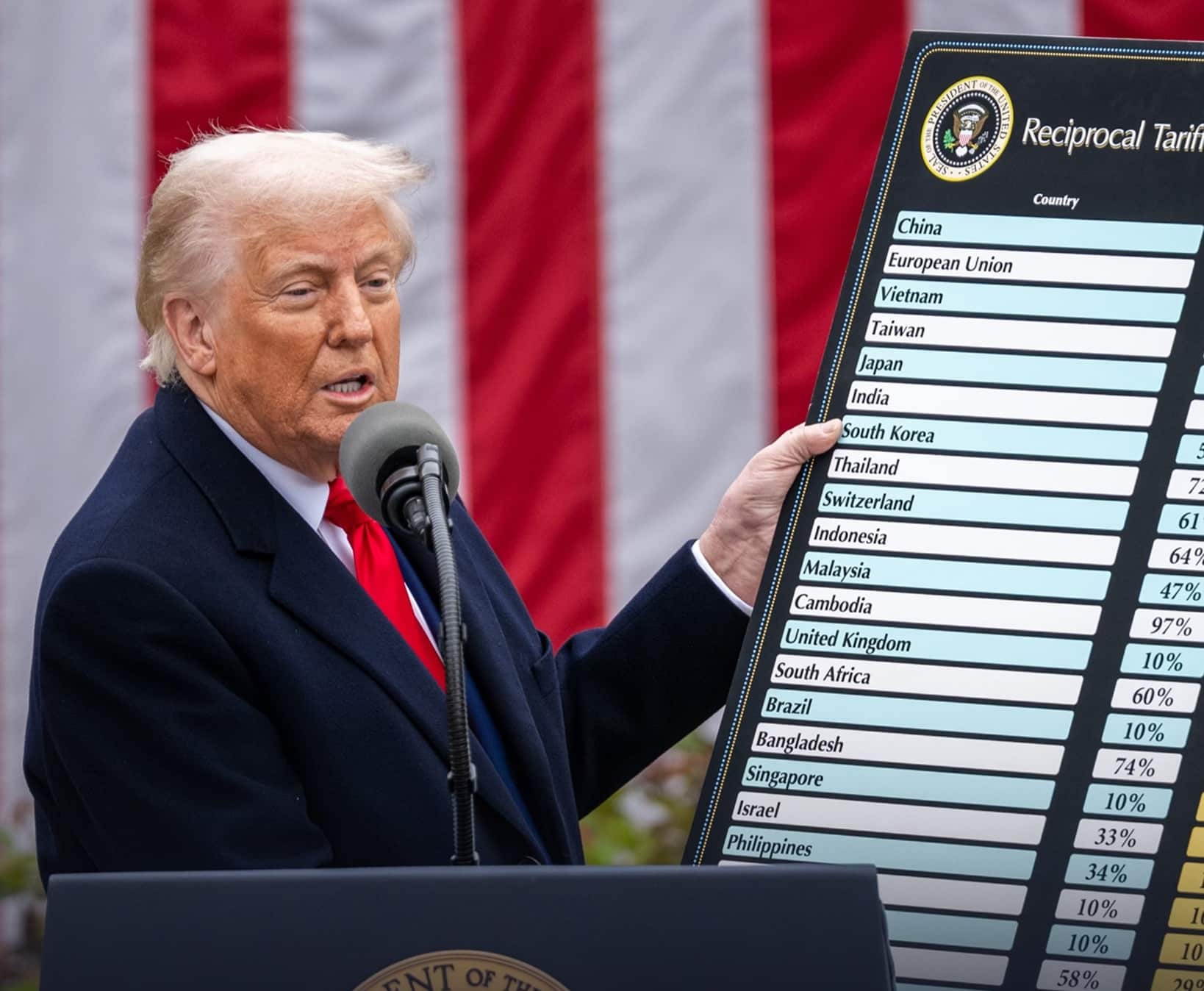Made in America: How Trump's Trade Policies Are Breathing New Life into Small Manufacturing

U.S. Manufacturers Celebrate Trump Tariffs: A Turning Point for American Industry
In a remarkable testament to economic resilience, U.S. manufacturers are singing praises for the tariff policies implemented during the Trump administration, highlighting significant transformations in the industrial landscape as we approach 2025.
The strategic trade measures have sparked a renaissance in domestic manufacturing, with companies reporting substantial job creation and a notable trend of reshoring—bringing critical production capabilities back to American soil. Industry leaders point to a reinvigorated manufacturing sector that is now more competitive and strategically positioned in the global marketplace.
Key benefits emerging from these policies include:
- Substantial job growth in manufacturing regions
- Increased investment in domestic production facilities
- Enhanced industrial competitiveness
- Reduced dependency on international supply chains
Manufacturing executives argue that these tariffs have been instrumental in protecting American industrial interests, creating a more robust and self-sufficient economic environment. The shift represents a significant milestone in revitalizing a sector that had been experiencing gradual decline in previous decades.
As we move further into 2025, the long-term impact of these trade strategies continues to unfold, promising a potentially transformative era for U.S. manufacturing.
